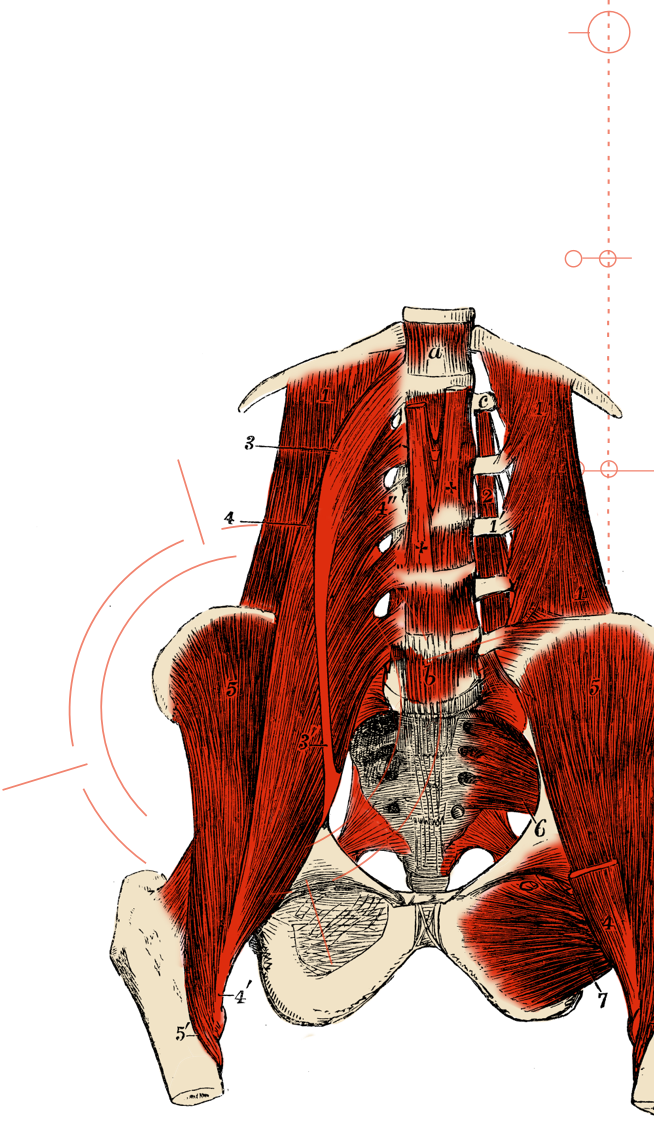STANDARD
OF CARE


Standard of care for PMR begins with glucocorticoids (GCs)1-4
Strong recommendations for treating PMR from the American College of Rheumatology and the European Alliance of Associations for Rheumatology5:
- Using GCs instead of NSAIDs, with the exception of possible short-term NSAIDs and/or analgesics in patients with pain related to other conditions5
- Using a minimum effective individualized duration of GC therapy5
- Against the use of anti-TNFα agents5
Steroids are one of the most widely prescribed classes of drug in the world6
Low-to-moderate dosages of glucocorticoids (GCs) have quickly corrected disease manifestations in many patients since the 1960s, which is why they have been coined as the cornerstone of treatment for PMR patients.3 Without a specific test for PMR, clinicians often recognize a prompt response to GCs as supportive of a PMR diagnosis.7 Steroids typically lead to a dramatic improvement in PMR symptoms within the first few days. Once PMR symptoms are stable, the tapering process is started. However, not all patients are able to taper off steroids. Stopping steroids or tapering can be challenging due to potential of relapse.8,9
GCs do not always correct the underlying mechanism of PMR10

Although there is a standard of care, challenges still remain1-4
![]()
![]()
GC treatment considerations:
- Up to 43% of patients taking GCs relapse within 1 year3
- GCs lead to risk of medication-related complications such as cardiovascular disease, osteoporosis, and diabetes11,12
- Patients with comorbidities that are commonly seen in older adults—osteoporosis, uncontrolled hyperglycemia, diabetes mellitus, glaucoma, joint infection, and uncontrolled hypertension. Caution should be used when considering GC treatment for patients with these comorbidities6
- Tapering off steroids is not a one-size-fits-all process. Tapering or discontinuing steroids can be challenging due to complications such as relapse5,13
- Some patients may not receive adequate management with GCs and thus do not have a standard of care1
PMR Management: Challenges and Opportunities
Watch Dr Stone Discuss the Challenges and Opportunities of PMR Management
Listen to an expert’s perspective on:
- Current options available to manage PMR symptoms
- Appropriate patient types
- Future state of PMR management

References: 1. Buttgereit F, Dejaco C, Matteson EL, Dasgupta B. Polymyalgia rheumatica and giant cell arteritis: a systematic review. JAMA. 2016;315(22):2442-2458. 2. Acharya S, Musa R. Polymyalgia Rheumatica. NCBI Bookshelf. StatPearls [Internet]. Treasure Island (FL): StatPearls Publishing; 2022. 3. Floris A, Piga M, Chessa E, et al. Long-term glucocorticoid treatment and high relapse rate remain unresolved issues in the real life management of polymyalgia rheumatica: a systematic literature review and meta-analysis. Clinical Rheum. 2022;41:19-31. 4. Mazzantini M, Torre C, Miccoli M, et al. Adverse events during longterm low-dose glucocorticoid treatment of polymyalgia rheumatica: a retrospective study. Journal Rheumatol. 2012;39(3):552-557. 5. Dejaco C, Singh YP, Perel P, et al. 2015 recommendations for the management of polymyalgia rheumatica: a European League Against Rheumatism/American College of Rheumatology collaborative initiative. Ann Rheum Dis. 2015;74:1799-1807. 6. Hodgens A, Sharman T. Corticosteroids. 2022. In: StatPearls [Internet]. Treasure Island (FL): StatPearls Publishing. 7. Kermani TA, Warrington KJ. Advances and challenges in the diagnosis and treatment of polymyalgia rheumatica. Ther Adv Musculoskel Dis. 2014;6(1):8-19. 8. Bartoloni E, Pucci G, Alunno A, et al. Polymyalgia rheumatica. The Heart in Rheumatic, Autoimmune and Inflammatory Diseases. http://dx.doi.org/10.1016/B978-0-12-803267-1.00009-0. 9. Hagihara K, Kawase I, Tanaka T, Kishimoto T. Tocilizumab ameliorates clinical symptoms in polymyalgia rheumatica. J Rheumatol. 2010;37(5):1075-1076. 10. Roche NE, Fulbright JW, Wagner AD, et al. Correlation of interleukin-6 production and disease activity in polymyalgia rheumatica and giant cell arteritis. Arthritis & Rheumatism. 1993;36(9):1286-1294. 11. Feve B, Scheen AJ. When therapeutic drugs lead to diabetes. Diabetologia. 2022;65(5):751-762. 12. Pujades-Rodriguez M, Morgan AW, Cubbon RM, Wu J. Dose-dependent oral glucocorticoid cardiovascular risks in people with immune-mediated inflammatory diseases: a population-based cohort study. PLoS Med. 2020,17(12):e1003432. 13. Mahmood SB, Nelson E, Padniewski J, Nasr R. Polymyalgia rheumatica: an updated review. Cleve Clin J Med. 2020;87(9):549-556